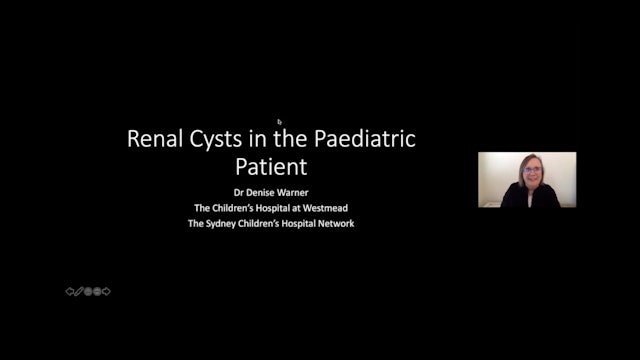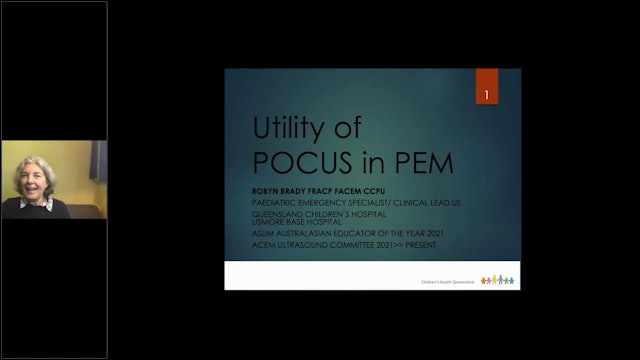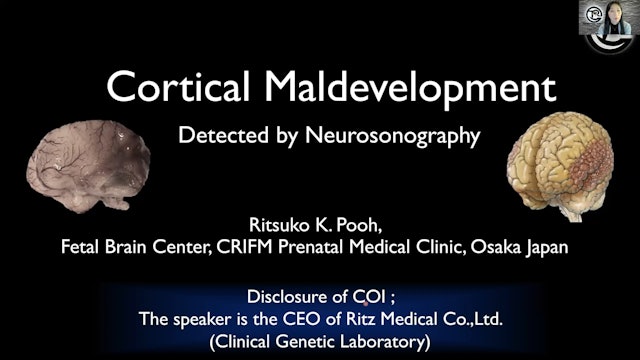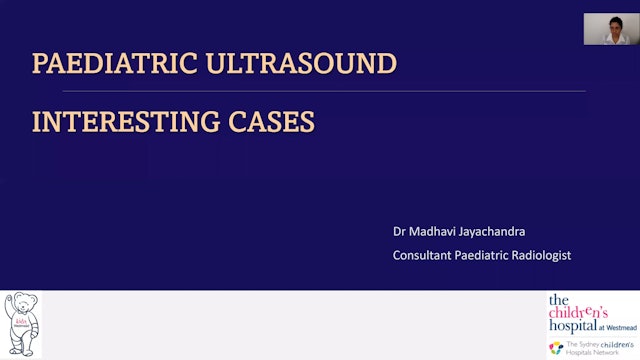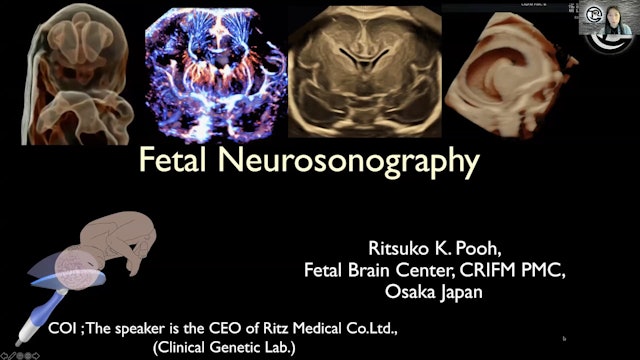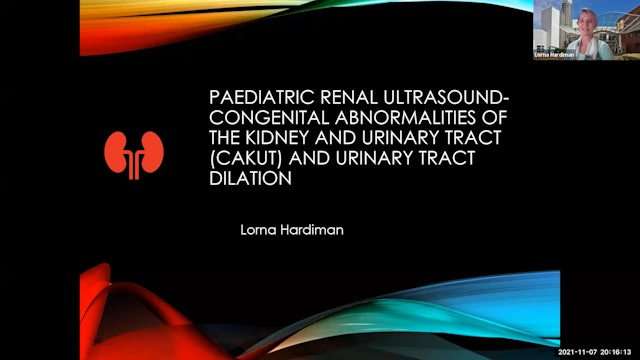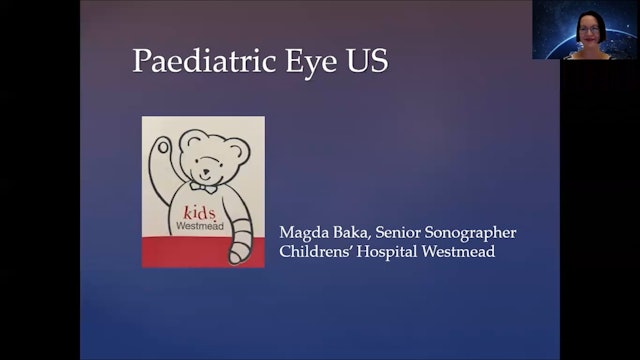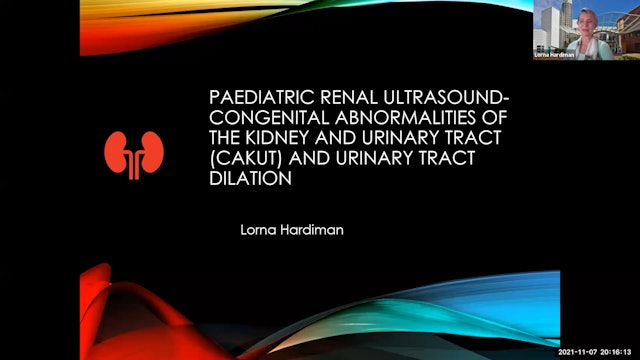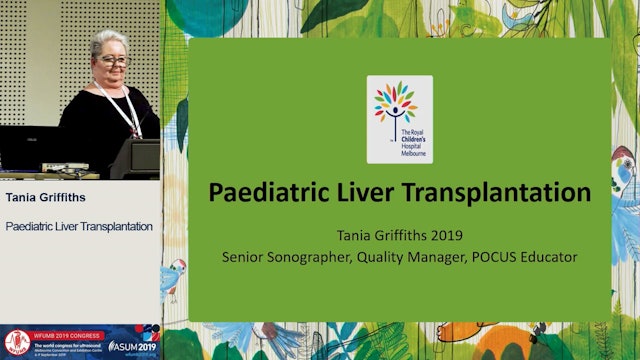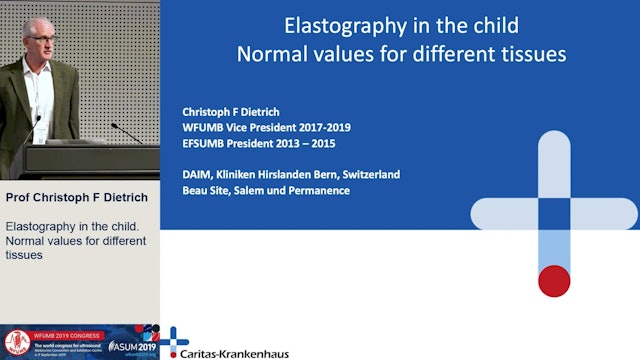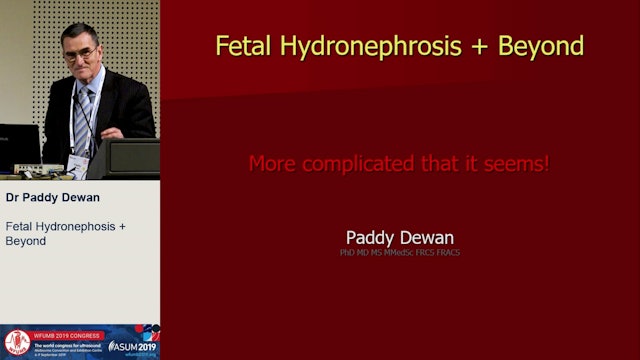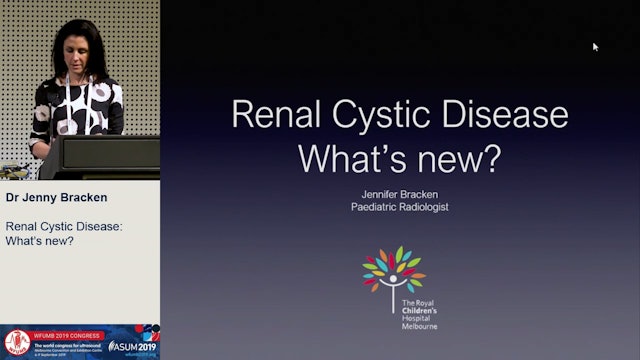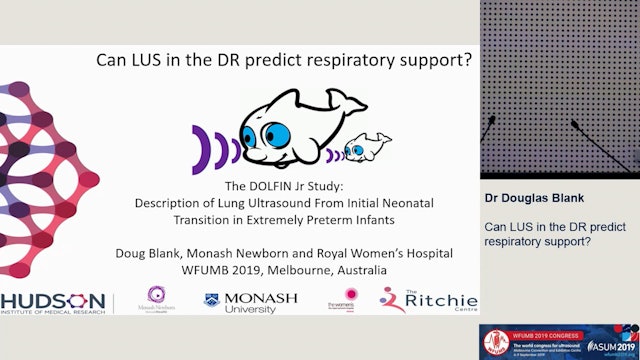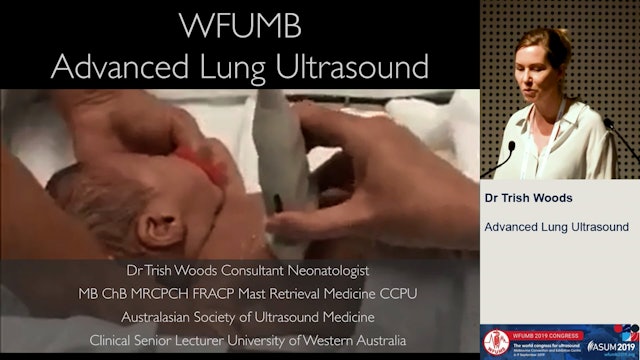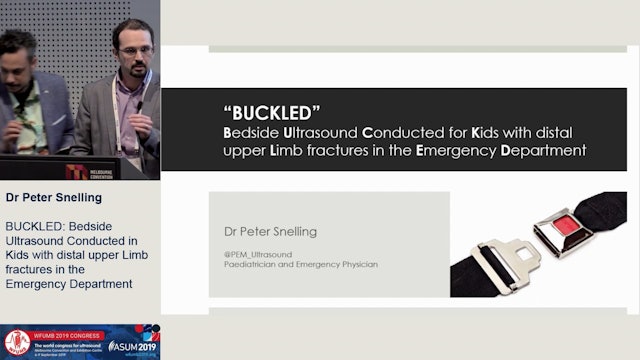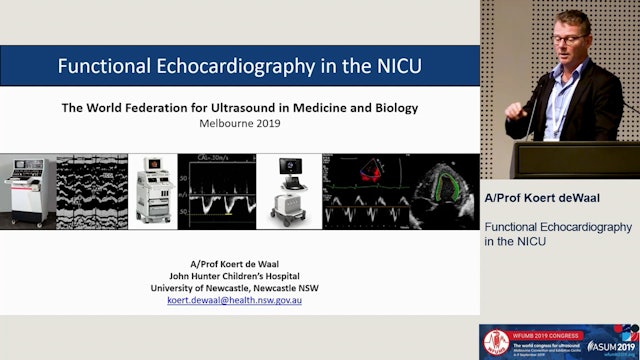NEONATAL & PAEDIATRICS
-
The Unhappy Renal Allograft
-
Ultrasound in Suspected Appendicitis
-
Laryngeal ultrasound
-
The role of ultrasound in screening for DDH
-
Lung US of the Dependent Lung Detects Real-time Changes
Lung US of the Dependent Lung Detects Real-time Changes in Total Lung Volume in a Pre-Term Lamb Model
-
Head Ultrasound - Patterns of Brain Injury
-
Renal cysts in the paediatric patient
-
Utility of POCUS in Paediatric Emergency Medicine (PEM)
-
Cortical Maldevelopment
-
Intussusception When it is and when it isn't
Objectives are;
Identify normal gastrointestinal tract anatomy on ultrasound;
Describe intussusception;
Describe ultrasound techniques and protocols for diagnosis of intussusception;
Recognise when it is and isn't intussusception;
Case studies from the CHW -
Paediatric Ultrasound: Interesting cases
-
Point of care abdominal ultrasound in the diagnosis of necrotising enterocolitis
-
Fetal Neurosonography
-
Paediatric Renal US - Congenital Abnormalities and Urinary Tract Dilatation
Paediatric Renal Ultrasound - Congenital Abnormalities of the Kidney and Urinary Tract (CAKUT) and Urinary Tract Dilation
-
Paediatric Eye Ultrasound
Sonography of the eye is useful in children especially when ophthalmoscopic examination is limited or inconclusive. Most of our requests are from paediatric ophthalmologists that want to further evaluate the eye so as to achieve a more accurate diagnosis. Ultrasound plays an important role allowi...
-
Paediatric Renal Ultrasound: Congenital Abnormalities & Urinary Tract Dilatation
Paediatric Renal Ultrasound - Congenital Abnormalities of the Kidney and Urinary Tract (CAKUT) and Urinary Tract Dilation
-
Liver transplant US; how and when?
-
Elastography in the child. Normal values for different tissues
Ultrasound elastography is a useful non-invasive tool for the diagnosis of liver fibrosis in adults (1). It plays a similar role in children, with some differences in the confounding factors and in the etiological spectrum of the liver disease; however, guidelines and recommendations have not bee...
-
Fetal and neonatal US - what does the clinician need to know?
The most important consideration in dealing with fetal hydronephrosis is the overall welfare of the mother and the child, then one should consider the outcome for the kidneys and the bladder.
What the Paediatric Urologist needs to know is if and when intervention is needed. While we await resear... -
Renal cystic disease: What's new?
KUB ultrasound is the bread and butter scan of the paediatric ultrasound department. Accurate and consistent measurements of hydronephrosis are important for treatment and interval surveillance of these patients. At present there is a mismatch between the measurements considered normal in the ant...
-
Can LUS in the DR predict respiratory support?
Lung ultrasound has shown promise as a powerful diagnostic tool in newborns. During birth, the infant must transition from a fluid filled lung that depends on the placenta for oxygenation and the elimination of carbon dioxide to an aerated lung that successfully exchanges gases. Ultrasound examin...
-
Lung ultrasound advanced
Overview of the real utility of lung ultrasound in neonatology across the spectrum of respiratory pathology encountered. The value of a starting with a focused clinical question in the functional application in various disease states, from acute respiratory distress to bronchopulmonary dysplasia ...
-
BUCKLED: ultrasound in kids with distal upper limb fractures in the ED
Forearm fractures in children are a common presentation to the Emergency Department. Paediatric distal forearm fractures account for almost a third of all fractures in children, with a significant proportion of these diagnosed as buckle (torus) type fractures. These fractures are unique to childr...
-
Point of care functional cardiac scanning
Patients in the neonatal intensive care often demonstrate clinical situations where hemodynamic compromise is common. Birth itself is the complex transition from placental blood flow to pulmonary blood flow as predominant provider of preload to the left heart, with redirection of blood flow over ...







